Basic steps of the winemaking process
Have you ever wondered how wines are made? Well, in this article we talk about the winemaking process and a summary of each step; from harvesting the grapes to bottling a wine and putting up at the market. Wine making has been around for thousands of years and is a fairly natural process that requires little human intervention. Each winemaker has his own special process that contributes to the uniqueness and diversity of wines, making them more interesting.
Although there are many different methods and variations involved in winemaking, there are seven essential steps that must be taken. These seven steps include harvesting, de-stemming, crushing, fermentation or maceration, malolactic fermentation, clarification, and bottling.
Harvesting the grapes…
The first step in winemaking is known as harvesting or collecting grapes. Grapes are the only fruit that can reliably produce the necessary amount of sugar annually to make enough alcohol to preserve wine. Tannins, esters, and acids are other factors in grapes that help to provide consistency.
Grapes must be harvested at the right time, ideally when they are physiologically ripe. Modern winemakers rely on a combination of science and ancient tasting to determine when to harvest their grapes. Typically, outside consultants, vineyard managers and owners have a vote in deciding the time of harvesting.
Grape harvesting can be done with the use of machines or it can also be done by hand. Most wineries prefer the latter, claiming that mechanical harvesters can be too harsh on grapes, vines, and soil, which may cause damage to any of them.
De-stemming
In this process, the grapes are separated from the rest of the cluster. The objective of separating the grapes from the branches and / or leaves is mainly because they provide flavors and aromas that are bitter for the wine during maceration.
In the case of white variants, this operation is not always recommended because the stalk facilitates the work of the press, so the scrapes are left in contact with the crushed white grape, thus facilitating the removal of the must from the press. On the contrary, in red variants, de-stemming is usually carried out when they arrive at the press. By suppressing the stalk, astringent substances and the herbaceous flavors that it contributes to the fermenting must are avoided. In this case, the removal of the rasp is usually accompanied by squeezing.
Crush, Crush, Crush!
Crushing is the next step to follow in the winemaking process, which is carried out with mechanical presses. For thousands of years this step was done by men and women who performed the vintage dance in barrels and trampled the grapes, turning them into must.
Although the machines have made things simpler, there has been a huge improvement when it comes to sanitation. Mechanical grinding has improved the quality and longevity of the wine while reducing the need for preservatives. Note that not all grapes begin their transformation into wine in this step.
Some winemakers allow fermentation to begin with the grape clusters before crushing them first, which allows the pressure made by the grapes to burst the skins naturally before sending them to the press. There is no difference in the winemaking process for reds and whites until the crushing step.
For a white wine, the manufacturer will quickly press the must after crushing it to separate the juice from the skin, seeds, and solids. This prevents color and tannins from entering the white wine. Red wine, on the other hand, is left in contact with its skins to infuse color, flavor and tannins into the wine.
Once the grape has been crushed and pressed, the must is allowed to rest and it will begin to ferment in 6-12 hours with the help of wild yeasts in the air. Some wineries embrace this natural fermentation, while others will step in and remove the natural wild yeasts and add another type of yeast that produces more predictable and controllable results.
Fermentation or maceration
Once fermentation begins, it will generally continue until all the sugar is converted to alcohol leaving a dry wine. This can be a period of ten days up to a month. Alcohol levels may vary from wine to wine, depending on the amount of sugar that the initial must has.
Wines made in cold climates will generally produce an alcohol level of 10% and wines made in warmer climates can have up to 15 percent. On the other hand, for sweet wines the fermentation is interrupted to allow some of the sugar to be preserved, since in this case the wine mustn’t be that dry.
Malolactic fermentation
The wine obtained during the previous steps is again subjected to a new fermentation process. Through this process the acid flavor is lowered, which makes wines more pleasant for the palate.
The aging process is one of the most important parts when making wine. In this process, the wine is introduced into barrels that make it acquire aromatic notes that can be distinguished during the tasting. While it is in the barrels, the wine evolves and develops different characteristics.
Clarification
Clarification occurs when substances such as egg whites, clay, and compounds are added to the wine. These substances will stick to the solids and push them to the bottom of the tank. The stripped wine will then be transferred to another container for aging and bottling.
Bottling
Finally, the wine is immediately bottled or left to age. Aging can be done in bottles, stainless steel or ceramic tanks and large wooden barrels. This last stage leaves room for infinite options on behalf of the winemaker and has a decisive impact on the final product.
We hope that this article has taught the basic concepts of the winemaking process, we tried to explain in a simple way, so that any reader without knowledge on the subject, can understand the process necessary to produce that wine that you love so much; plus, a bit of history.
The next time you enjoy a bottle of wine, you can think of everything that happened before touching your glass and diving into your mouth.
From Vine to Glass: Unveiling the Art of Winemaking and Discovering Exquisite Flavors
In this article, we delved into the fascinating process of crafting wine, from the meticulous grape selection to the aging in oak barrels. Now, it's time to immerse ourselves in the delight of tasting exceptional wines that capture the very essence of this journey. Introducing a selection of captivating wines that will transport you to sun-kissed vineyard-covered hillsides. Whether you're a fan of whites, reds, or something in between, these wines exemplify the passion and artistry of master winemakers.
Embark on a delightful wine adventure through our latest arrivals, now available for convenient online purchase. Discover the art of wine tasting with our handcrafted selection, featuring a variety of exquisite options to suit your preferences. Whether you're a connoisseur or a newcomer to the world of wine, our collection offers something for everyone. Experience the joy of exploring new flavors and enhancing your wine moments with us.


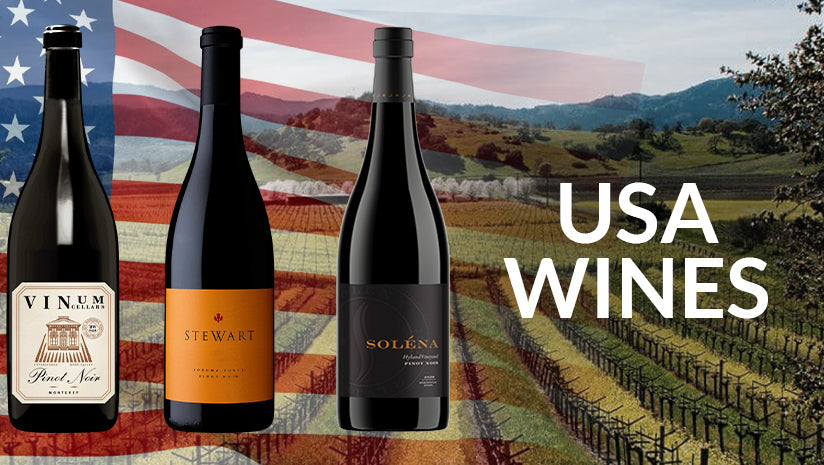
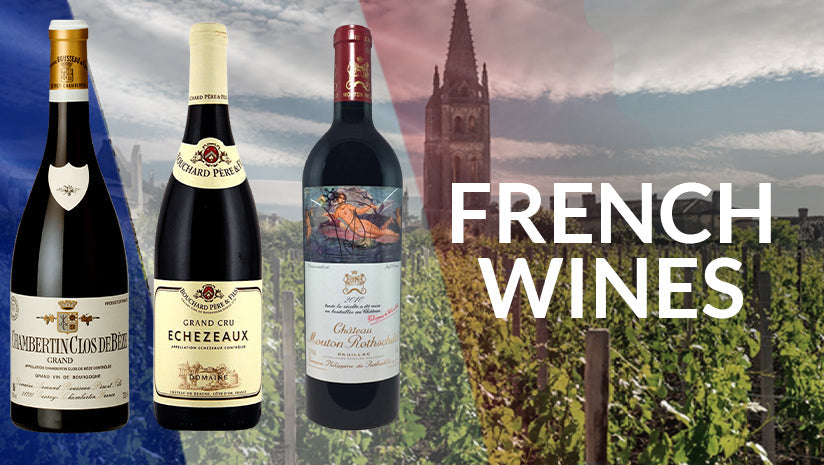
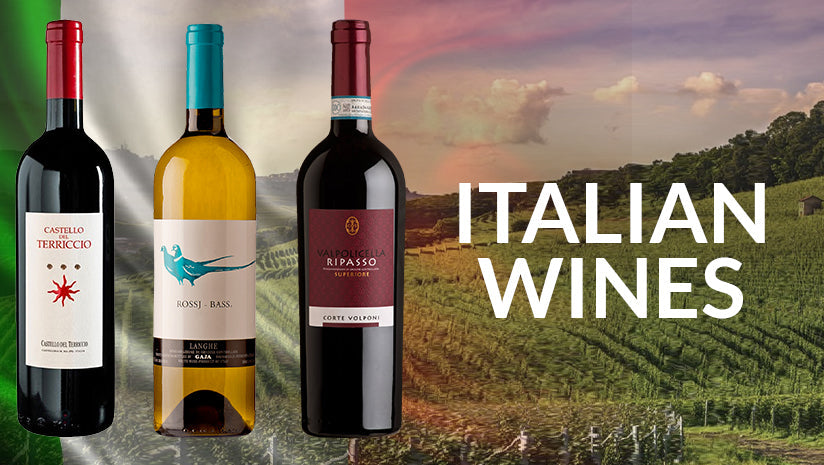
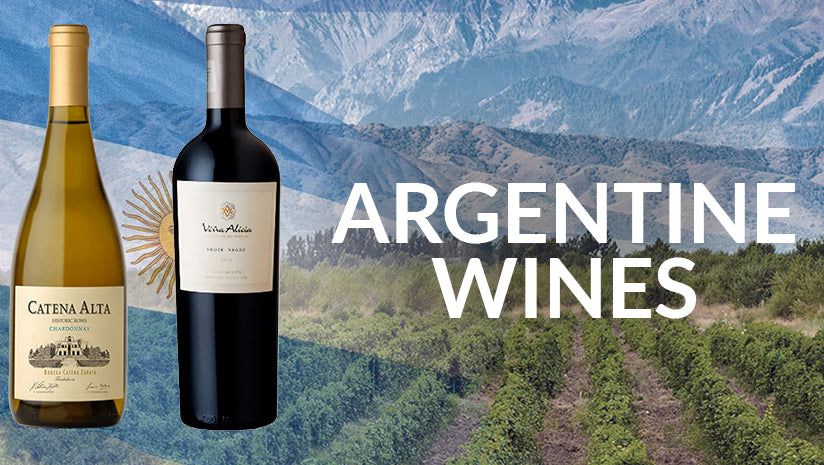
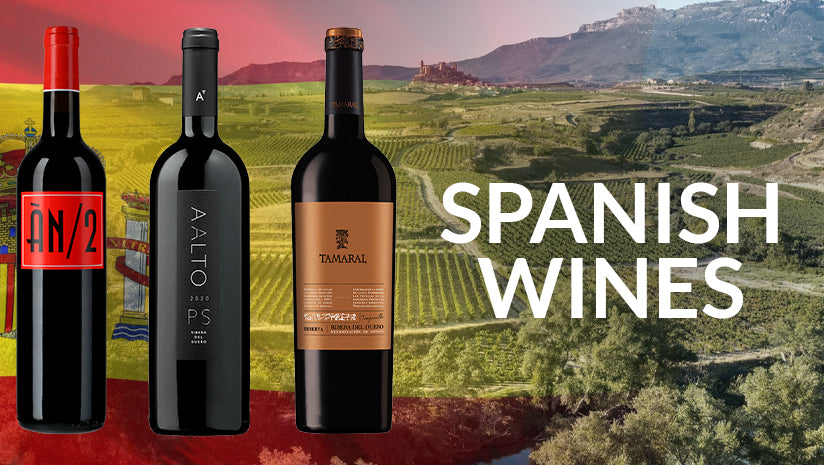
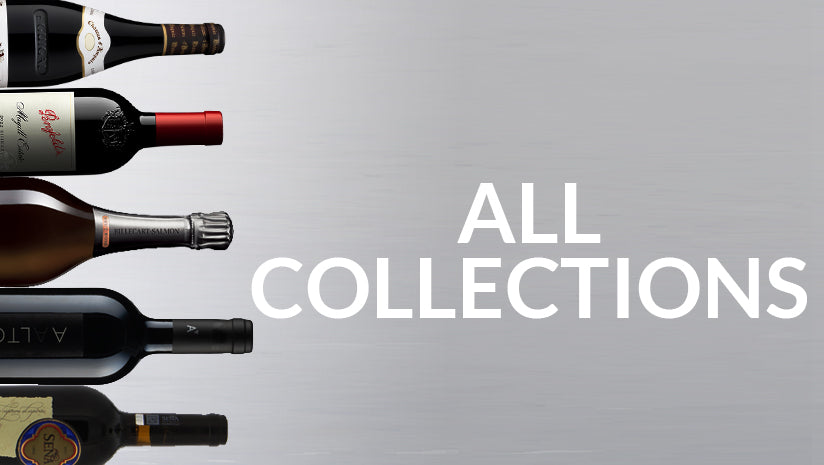


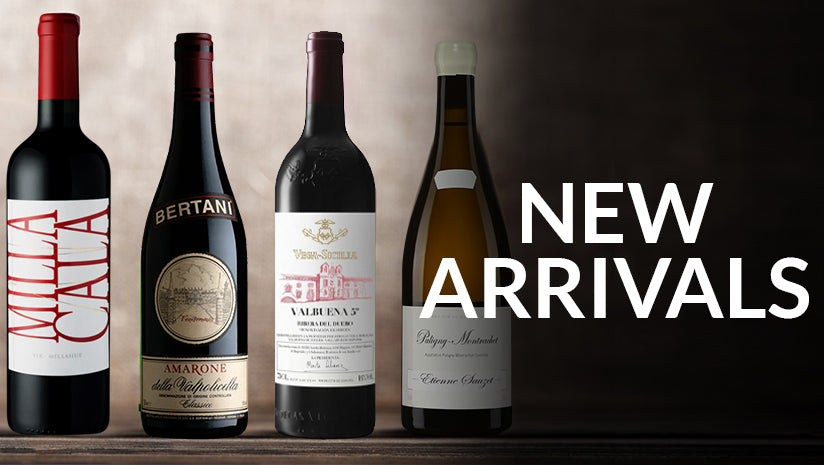







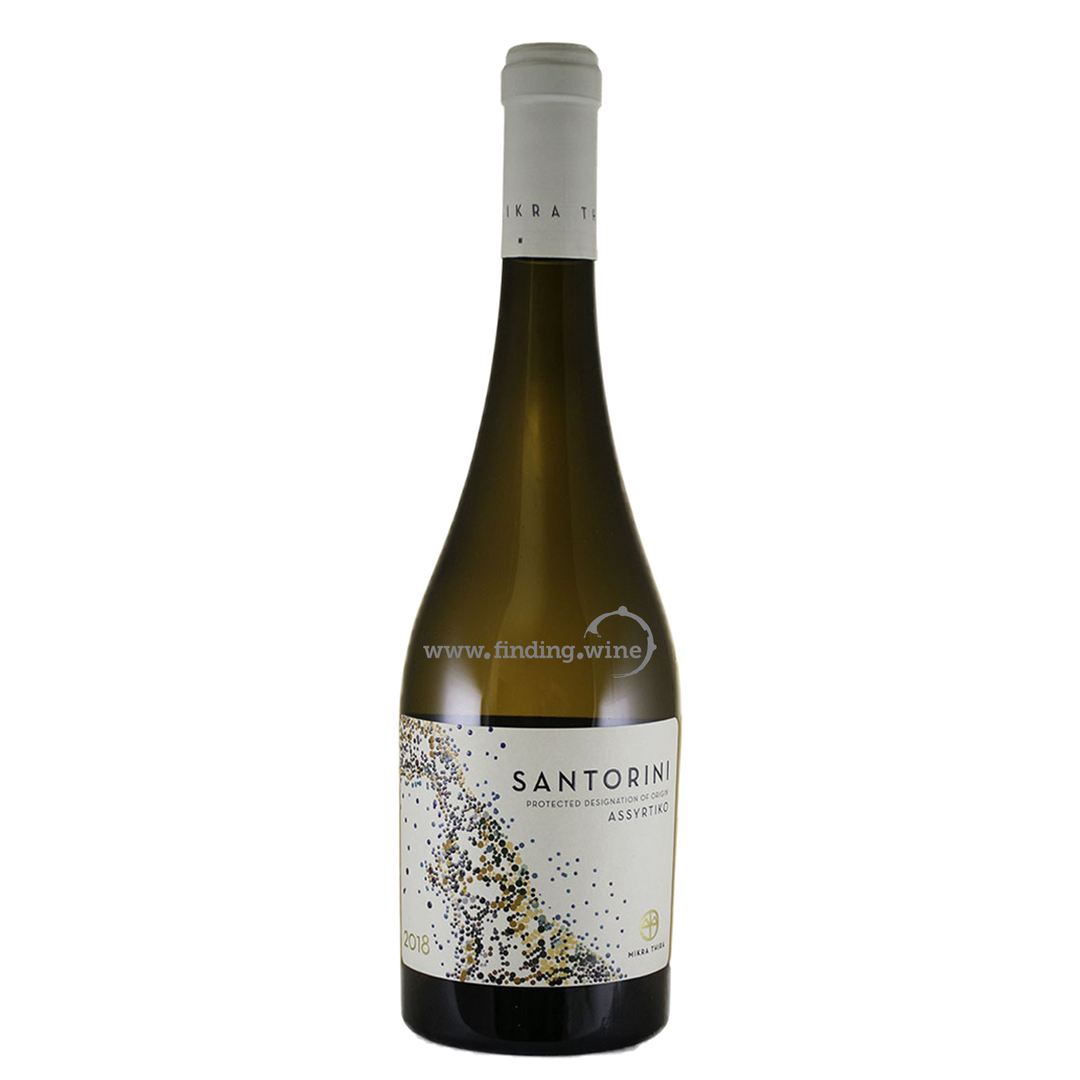







Such a clear and concise guide on winemaking! Your step-by-step breakdown makes the process easy to understand. Great job!
That’s good 👍 I am very interested can you send me graph wine 🍷 processing
Leave a comment